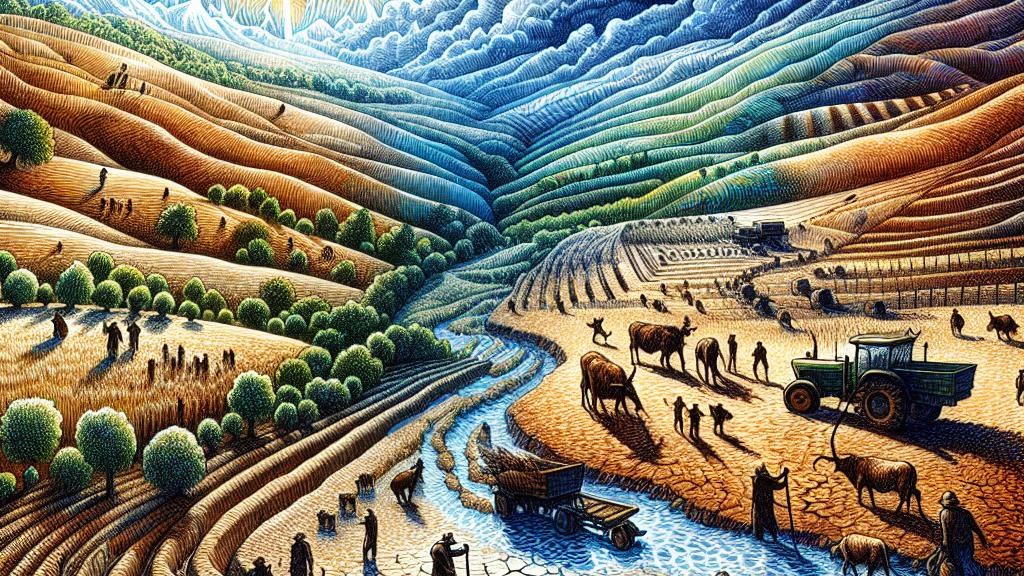Understanding the Effects of Climate Change on Farming in Central Europe
Overview
- Climate change has already jeopardized more than 50% of Central Europe's agricultural lands.
- Increasing heat and persistent drought are reshaping crop choices and farming practices.
- Future forecasts predict severe challenges leading to potential food shortages across the region.

Dramatic Changes in Agriculture
In the heart of Central Europe, countries like Slovakia, Austria, and the Czech Republic are undergoing profound transformations in their agricultural landscape. Imagine searing summer days stretching endlessly, leaving once-thriving fields parched and unyielding. New research shows that over half of the land that was once considered highly productive is now under serious threat, primarily due to escalating droughts and extreme temperatures. For instance, farmers used to confidently plant their crops, expecting a dependable climate. Now, they find themselves in a race against time, as reliable conditions morph into unpredictable ones. The shift of fertile farmland northward impacts not just the farmers, but entire communities that depend on agriculture for their livelihoods.
The Crop Crisis
Now, let’s delve into the crop crisis—it's more than just a troubling trend; it’s a looming disaster. With rising temperatures and erratic rainfall patterns, staple crops like wheat and sugar beets face unprecedented struggles. Take, for example, the vineyards that may prosper from warmer conditions; while wine lovers may rejoice at the prospect of exquisite vintages, essential food crops are likely to suffer immensely. Picture this: grocery store shelves devoid of bread or cereal, driving prices through the roof. The existential threat to food security grows ever more real, as one sector thrives while another seems on the brink of collapse. It’s a stark reality in which food producers must continually adapt or fear facing dire consequences.
Adapting to a New Reality
Adapting to this new agricultural reality is not just a necessity; it’s a call to action. Farmers are challenged to rethink every aspect of their practices. Transitioning to more drought-resistant crop varieties becomes critical, but let’s not kid ourselves—such transitions are not easy. Techniques like regenerative agriculture offer a lifeline, rejuvenating soil health and improving yields, yet they require an investment of time and money. Moreover, the bitter truth remains: some areas may simply become too hostile for cultivation, leaving farmers scrambling for solutions. Imagine navigating a labyrinth with no clear exit; this metaphor encapsulates the struggle many growers face as they seek to secure a stable future for their operations.
Future Projections and Challenges
Gazing into the future, what do the projections reveal? If current trends prevail, Central Europe is on track for an alarming expansion of unsuitable agricultural conditions by the century’s end. This scenario raises urgent alarms as more farmers confront the devastating specter of crop failures. Not only do these failures threaten individual livelihoods; they jeopardize entire local economies that pivot around agriculture. Thus, it has become imperative for stakeholders—including farmers, policymakers, and communities—to collaborate and innovate. Whether through cutting-edge agricultural technologies or adopting resilient farming practices, the time to act is now. Ultimately, our collective actions today will shape what fills our plates tomorrow—highlighting that the fight against climate change is not just necessary, but essential for the future of food security.

Loading...